Hey there, friend!
I'm guessing you recently had a tooth extraction, and now you're experiencing some discomfort in the teeth surrounding the extraction site.
First off, let me say I'm sorry you're going through this. I know it can be quite the bummer. But, worry not! I'm here to help you understand why this might be happening and what you can do to alleviate the pain.
In this blog post, I'll dive into the reasons behind the pain in the surrounding teeth after a tooth extraction, how to manage the pain, and when to consult your dentist.
So, grab a cup of your favorite beverage, get cozy, and let's talk teeth!
Discover My Ultimate Checklist for Maintaining Healthy Teeth and Gums on a Daily and Weekly Basis
From Brushing to Flossing: Follow My 7-Step Checklist to Achieve Optimal Dental Health and Prevent Oral Problems.

Section 1: Why Do Surrounding Teeth Hurt After a Tooth Extraction?
1.1: The Normal Healing Process
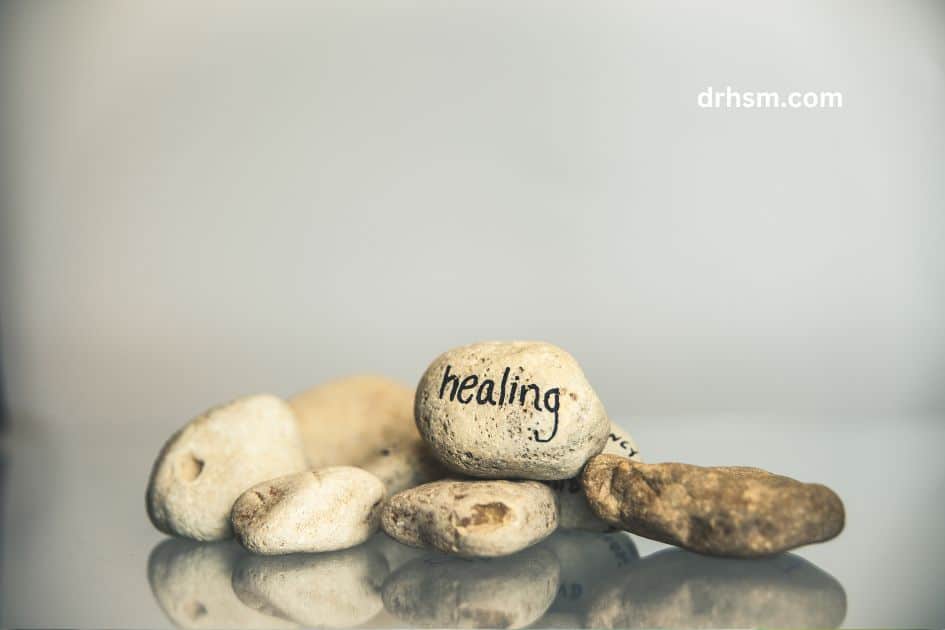
First things first, it's essential to understand that some discomfort and pain are expected after a tooth extraction. Your body is working hard to heal the extraction site, which can lead to some swelling, inflammation, and soreness in the surrounding teeth and gums. In most cases, this pain will subside in a few days.
1.2: Referred Pain
Referred pain is a fascinating phenomenon where pain is felt in an area different from its source.
In the case of a tooth extraction, you might feel discomfort in the teeth adjacent to the extraction site due to shared nerve pathways. Referred pain can be confusing, but it's a pretty common occurrence.
1.3: Dry Socket
A dry socket, also known as alveolar osteitis, occurs when the blood clot that forms in the socket after extraction is dislodged or dissolves prematurely.
This leaves the underlying bone and nerves exposed, causing pain and discomfort not only in the extraction site but also in the surrounding teeth. Dry socket is relatively rare, affecting only 2-5% of tooth extractions, but it's more common after wisdom tooth removal.
1.4: Trauma or Injury
During the extraction process, your dentist has to use force and pressure to remove the tooth. This might inadvertently cause temporary trauma or injury to the surrounding teeth and their supporting structures.
The resulting pain usually subsides as the tissues heal.
Section 2: Managing the Pain in Surrounding Teeth After Tooth Extraction
Now that we've covered the possible reasons for the pain, let's talk about how you can manage it and get back to feeling your best!
2.1: Pain Medication
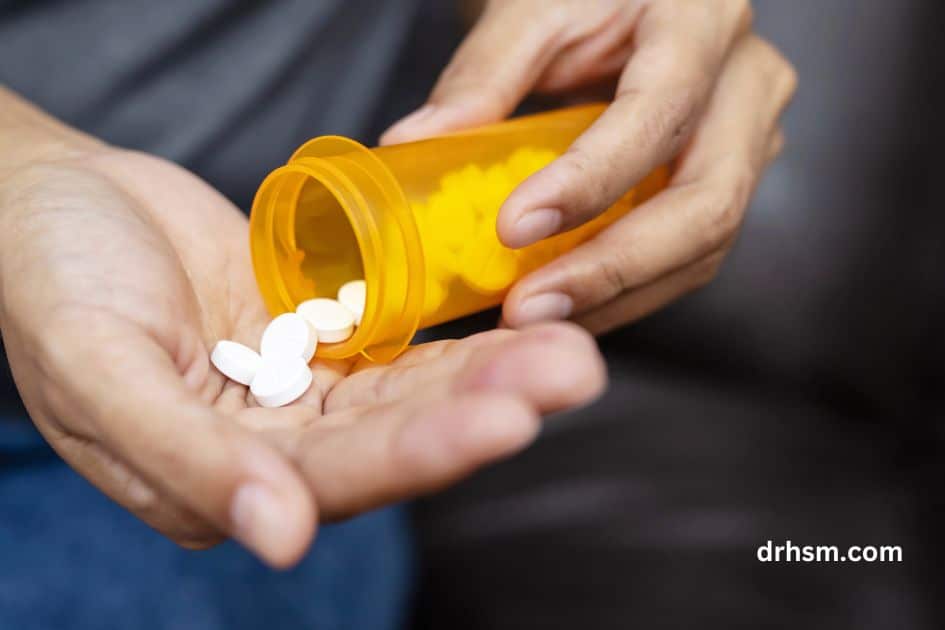
Over-the-counter pain relievers, such as ibuprofen or acetaminophen, can help manage the pain and inflammation.
Be sure to follow the recommended dosage and consult your dentist if you're unsure which medication is suitable for you.
2.2: Cold Compress
Applying a cold compress to the affected area for 20 minutes on and 20 minutes off can help reduce swelling and provide relief.
Use an ice pack or a bag of frozen peas wrapped in a towel to avoid direct contact with your skin.
2.3: Saltwater Rinse
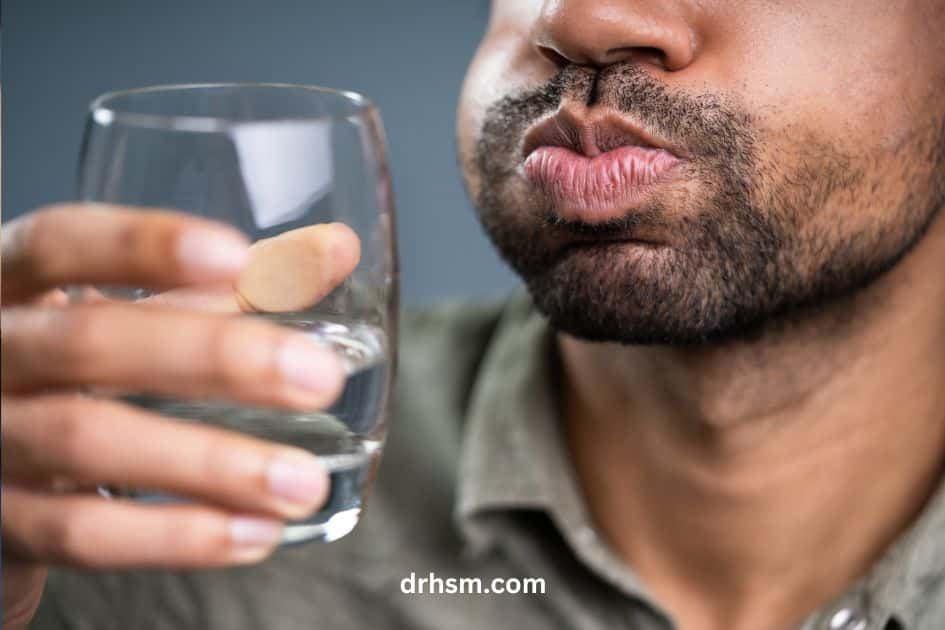
Rinsing your mouth gently with warm saltwater can help soothe the extraction site and surrounding teeth.
Mix ½ teaspoon of salt in a glass of warm water and gently swish around your mouth for about 30 seconds before spitting. Repeat a few times a day, but avoid vigorous rinsing, as it may dislodge the blood clot.
2.4: Rest and Elevate
Give your body the rest it needs to heal properly. Prop your head up with pillows when lying down to reduce blood flow to the area, which can minimize swelling and pain.
Section 3: When to Consult Your Dentist
While some pain and discomfort are normal after tooth extraction, there are instances when you should reach out to your dentist for advice or a follow-up appointment.
3.1: Persistent Pain

If your pain doesn't improve or worsens after a few days, it's a good idea to contact your dentist. They can evaluate the extraction site and determine if there's an underlying issue, like a dry socket or infection, that requires further treatment.
3.2: Signs of Infection
Watch out for signs of infection, such as fever, increased pain, persistent swelling, and pus discharge from the extraction site. If you notice any of these symptoms, reach out to your dentist as soon as possible.
3.3: Excessive Bleeding
Some bleeding is normal in the first 24 hours after tooth extraction, but if you're still experiencing heavy bleeding beyond this time, it's essential to consult your dentist. They can assess the situation and provide appropriate care.
Section 4: Preventing Pain in Surrounding Teeth After Tooth Extraction
While you can't eliminate post-extraction pain entirely, there are steps you can take to minimize the chances of experiencing discomfort in the surrounding teeth:
4.1: Follow Your Dentist's Instructions
Your dentist will provide you with detailed aftercare instructions following your tooth extraction. Adhering to these guidelines can help prevent complications and reduce pain in the surrounding teeth.
4.2: Practice Good Oral Hygiene
Maintaining a clean mouth is crucial during the healing process.
Gently brush your teeth, avoiding the extraction site, and use a soft-bristled toothbrush. AVOID using mouthwash with alcohol, as it can irritate the area.
4.3: Don't Smoke
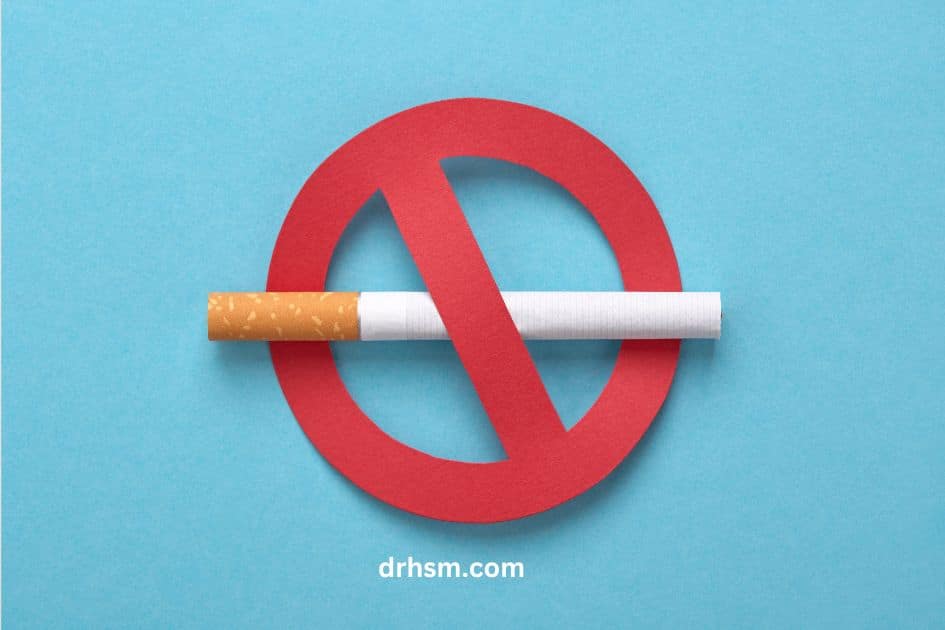
Smoking can delay healing and increase the risk of complications like dry socket.
It's best to avoid smoking for at least 72 hours after tooth extraction – or better yet, use this opportunity to quit altogether.
4.4: Eat Soft Foods
Stick to soft foods and liquids for the first few days following your tooth extraction to minimize pressure on the surrounding teeth. Gradually reintroduce firmer foods as your comfort level increases.

In conclusion, pain in the surrounding teeth after tooth extraction is not uncommon, and in most cases, it's a temporary part of the healing process. By understanding the potential causes and following the tips provided for pain management, you'll be on your way to a more comfortable recovery.
Remember, if your pain worsens or you suspect any complications, don't hesitate to contact your dentist.
They're there to support you throughout the healing process and ensure your oral health remains in tip-top shape. Take care, and here's to a speedy recovery!
Section 5: Tips for a Speedy Recovery
To further ensure a smooth and speedy recovery, follow these additional tips:
5.1: Stay Hydrated
Drinking plenty of water is essential for overall health and can aid in the healing process. Staying hydrated helps flush out bacteria and keeps your mouth clean. However, avoid using a straw for the first few days after your extraction, as the suction may dislodge the blood clot.
5.2: Manage Stress
Stress can negatively impact your body's healing process. Try to manage your stress levels through relaxation techniques, such as deep breathing exercises, meditation, or gentle yoga.
5.3: Avoid Strenuous Activities
Give yourself time to heal and avoid any heavy lifting or vigorous exercise for at least 24-48 hours after tooth extraction. Engaging in strenuous activities may increase blood flow to the extraction site, leading to prolonged bleeding and delayed healing.
5.4: Get Adequate Sleep
Sleep plays a crucial role in the body's healing process. Ensure you're getting sufficient sleep each night to help your body recover from the tooth extraction. You may need to adjust your sleeping position by keeping your head elevated to minimize swelling and discomfort.
Section 6: Maintaining Oral Health After Recovery
Once you've fully recovered from your tooth extraction, it's essential to focus on maintaining good oral hygiene and overall dental health. Follow these tips to keep your smile healthy and bright:
6.1: Regular Dental Checkups
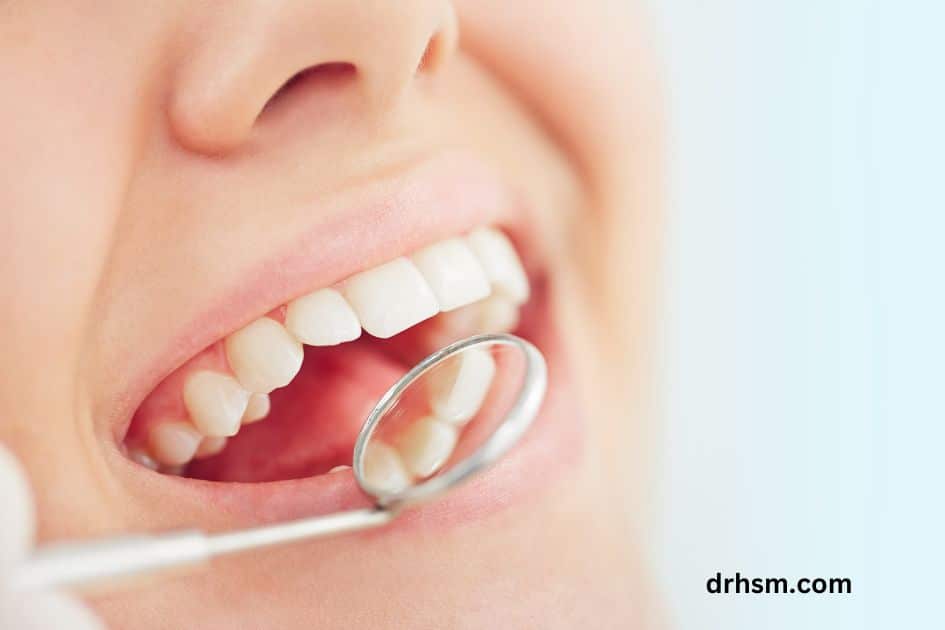
Schedule regular dental checkups and cleanings to catch any potential issues early and maintain good oral health. Your dentist will monitor your teeth, gums, and mouth to ensure everything is in good shape.
6.2: Brush and Floss Daily
Brush your teeth at least twice a day with a XYLITOL & fluoride toothpaste and a soft-bristled toothbrush. Prefer an electronic toothbrush
Floss daily to remove plaque and food particles from between your teeth and under the gumline.
6.3: Limit Sugary Foods and Drinks
Consuming excessive amounts of sugar can contribute to tooth decay and gum disease.
Limit your intake of sugary snacks and drinks, and opt for healthier alternatives like fruits, vegetables, and water.
Discover My Ultimate Checklist for Maintaining Healthy Teeth and Gums on a Daily and Weekly Basis
From Brushing to Flossing: Follow My 7-Step Checklist to Achieve Optimal Dental Health and Prevent Oral Problems.

6.4: Consider Dental Treatments
If your tooth extraction was due to decay or other dental issues, consult your dentist about additional treatments that may be necessary to preserve the health of your remaining teeth. This may include fillings, crowns, dental implants, or orthodontic treatments.
In summary, experiencing pain in the surrounding teeth after tooth extraction is a common and usually temporary issue.
By understanding the causes of the pain, implementing pain management strategies, and adhering to the tips provided for a speedy recovery, you'll be well on your way to feeling better and maintaining a healthy smile.
Remember, always consult your dentist if you have concerns about your oral health, and don't hesitate to reach out for guidance throughout the healing process.
